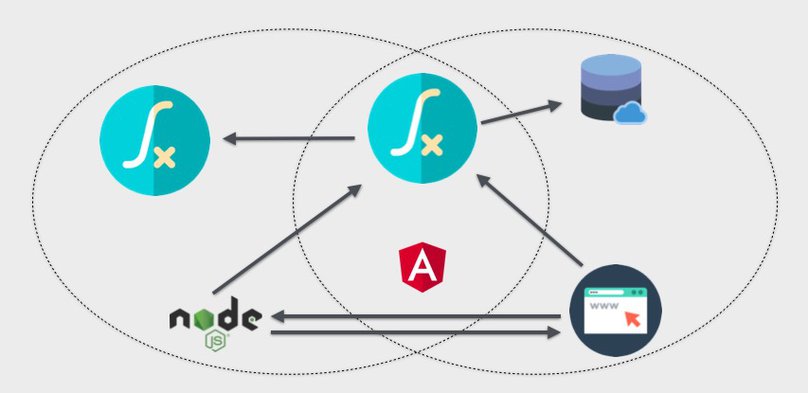
- #REMOVE OLD NODE JS MAC INSTALL#
- #REMOVE OLD NODE JS MAC MANUAL#
- #REMOVE OLD NODE JS MAC SKIN#
- #REMOVE OLD NODE JS MAC PRO#

In order to save time in the future, I have a collection of scripts that automate the process of setting up a new computer.
#REMOVE OLD NODE JS MAC INSTALL#
It didn't work for me for fnm that I'm using to manage node versions meaning if I install a different node version over it it will use x86 build again. I still didn't finish this, but I'd like to try cleaning up previous installation of Homebrew completely and move everything to /opt/homebrew and also try installing only native packages. Here is the related Twitter thread: Next steps And my old computer was making noises similar to an airplane taking off 🤦♂️.
#REMOVE OLD NODE JS MAC SKIN#
Let's not forget, MacBook Air is a fan-less machine that you can put on your lap without a risk of getting a skin burn.
#REMOVE OLD NODE JS MAC PRO#
I ran a few tests on the same machine and also compared build speeds with my previous MacBook Pro 2017 that has 2,9 GHz i7 Quad Core CPU and 16 GB of RAM. So, how much faster is ARM Node compared to x86 There were no issues whatsoever running other JavaScript projects (using TypeScript or Bable).


I was able to resolve it following this GitHub issue and doing cd ~ /gatsby -projectĪfter that the installation went well and I could run the project. It didn't work out of the box for me since some native packages were missing. While doing npm install in the Gatsby project, it will fail because of the binding for the Sharp - a native C library Gatsby using - needs to be compiled under the ARM architecture. Install packages to run GatsbyĪfter running Node natively I had issues running Gatsby project. If node processes say "Apple" you're running them natively! Step 3. To verify that you're running the Node in ARM architecture, enable the row "Architecture" in Activity Monitor,Įnable "Architecture" column with the right-click on the header. Install node and yarnĪfter you have installed Homebrew, install node (which includes npm) normally running brew install node Install Yarn using brew install yarn. zshrc file # Support for two Homebrew installationsĮxport PATH = "/opt/homebrew/bin:/usr/local/bin:$PATH"Īlias ibrew = 'arch -x86_64 /usr/local/bin/brew'Īfter that you can use both arm64 and x86 installations of Homebrew side-by-side.įor more information on Homebrew compatibility on Apple Silicon check out and Step 2. I had a few issues while building from sources, too.Īfter installing Homebrew into separate directory, add the following to your. This method allows installing Homebrew alongside with the x86 version which is probably a good idea for a time being since not all packages are yet pre-built for ARM. Starting from version 2.7.1, Homebrew supports Apple Silicon out-of-the-box.
#REMOVE OLD NODE JS MAC MANUAL#
To install the ARM version of Homebrew on the Apple Silicon Mac, I used the manual "untar anywhere" method: Install Apple Silicon version of the Homebrew Verify by opening a new terminal session and running arch. This cannot be done with brew remove since Homebrew won’t have enough permissions but you can remove zsh manually: // 1. To solve this issue I had to remove x86 compiled zsh that I installed via Homebrew.

The new macOS Big Sur comes with zsh as a default shell so you don’t need to install it separately anymore. This was caused by the fact I already have been using zsh shell before and it was migrated over. One of the biggest confusion for me was the fact my shell would not run in arm64 mode. I went with the latter and this post summarizes my experience. Since the existing Homebrew installation wouldn't allow my updating or installing packages anymore because of more restrictive OS permissions, I was faced with "update the x86 homebrew" or “use an experimental cutting-edge ARM build”. Comparing Chrome via Rosetta 2 and native arm64 build.


 0 kommentar(er)
0 kommentar(er)
